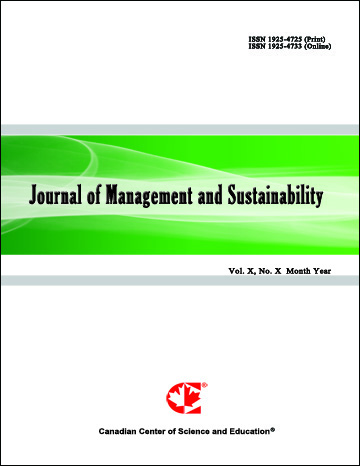Entrepreneurship and Sustainability in Tourism: An Interpretative Model
- Ornella Papaluca
- Mario Tani
- Ciro Troise
Abstract
Especially in recent years, the attention to sustainability is even more felt in the tourism sector where the consequences of indiscriminate behavior in the exploitation of resources on the environment, on human beings and on their economic activities have become increasingly evident (Jaremen, Nawrocka, & Żemła, 2019). Tourism is often considered as a source of natural and cultural resources’ exploitation, but it also contributes to GHG emissions, being one of the main reasons that pushes the world population to move. On the other hand, tourism-related activities, when correctly designed, can be a strong source of sustainable development. Indeed, tourism products should be sustainable as they depend on local area resources: they are complex products which, on the one hand, should use local resources as a differentiation strategy, on the other hand, hey should factor in the needs of several territory’s stakeholders.
Researchers and institutions have developed many tools to assess tourism environmental impacts focusing both on the local area as a whole or on a given product. For the tourism sector, social and environmental impacts, responses and indicators fall into five categories (Buckley, 2012): population, peace, prosperity, pollution and protection. Moreover, these tools and measures have not been able to increase sustainability of tourism products and the industry is not yet close to sustainability.
In this chapter, we proposed an approach, built around Elkington’s three pillars model (1994), to assess sustainability (Lehtonen, 2004) of tourism products; we focus on products design processes to create a model that help entrepreneurs in assessing if their products are sustainable and where they are their main weaknesses. In order to show how such a simple model can be used to evaluate sustainable tourism initiatives and highlight their weaknesses we have used a multiple case studies approach and we have analyzed three different cases.
- Full Text:
 PDF
PDF
- DOI:10.5539/jms.v10n1p38
Journal Metrics
Google-based Impact Factor (2021): 1.54
h-index (July 2022): 37
i10-index (July 2022): 147
h5-index (2017-2021): 12
h5-median (2017-2021): 19
Index
- Academic Journals Database
- ANVUR (Italian National Agency for the Evaluation of Universities and Research Institutes)
- CAB Abstracts
- CNKI Scholar
- EconBiz
- Excellence in Research for Australia (ERA)
- GETIT@YALE (Yale University Library)
- Harvard Library
- HeinOnline
- Infotrieve
- JournalTOCs
- LOCKSS
- MIAR
- PKP Open Archives Harvester
- RePEc
- Scilit
- SHERPA/RoMEO
- Stanford Libraries
- UCR Library
Contact
- Evelyn XiaoEditorial Assistant
- jms@ccsenet.org
